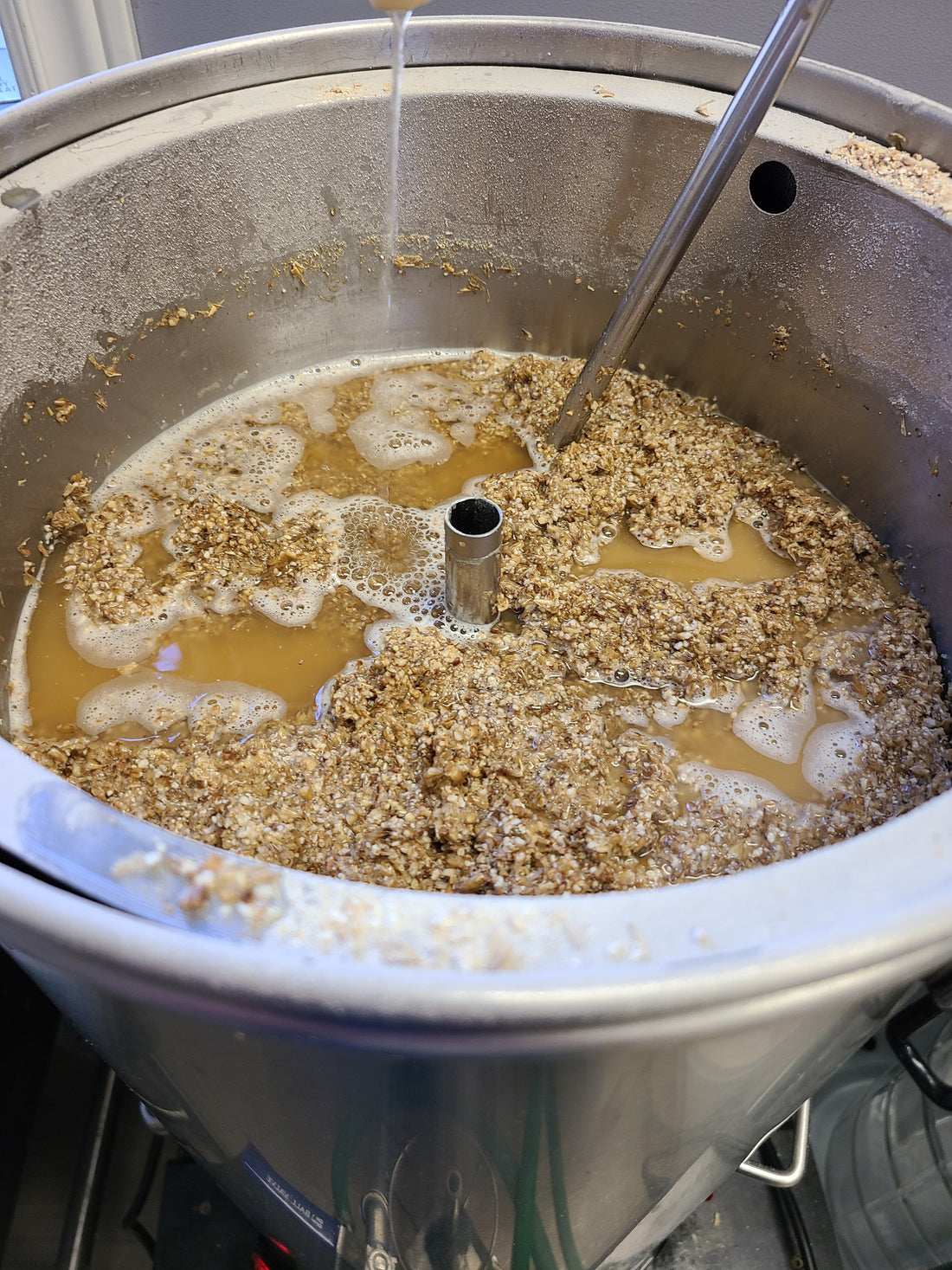
Brewing IS easy
Share
Thinking about getting into brewing? Good news, it's easy to do! You don't even need a ton of equipment to get started, though with the money you'll save and the fun you'll have you made end up having a dedicated room for it eventually.
It really doesn't matter a lot if you want to make beer, wine, ciders or hard seltzers, most of the equipment is the same. You need a container to ferment in, a container to transfer into for bottling, a siphon and tubing to transfer, a few things for checking if your fermentation is done, a spray bottle with sanitiser and of course your kit to brew!
Let's say you're making a beer. You'd take your spray bottle of sanitiser, spray down your fermenting bucket, lid, airlock, and your mixing spoon, and add the kit and follow the instructions for it. Some you add dextrose and water, some are literally pre-mixed and ready to go. Use your hydrometer to check the gravity, and write it down for later. Check the temperature is within the range for the yeast you're adding, add it, and seal up and fill the airlock to the fill line marked out.
Now you wait, and wait some more. Depending on the brew, the yeast, and the temperature where you're storing this it could take between 7-14 days. You'll need to sterilise your testing equipment and take a gravity reading to see if it's done. So, dunk the Thief in the brew, and use it to fill the hydrometer jar up. Try not to disturb the sediment in the bottom while doing so. Once the hydrometer is floating, take a reading. The instructions will tell you at what reading that brew should finish at. If it's not done, keep waiting a couple days and try again.
Now you're ready to bottle. Sterilise everything first, and use the siphon and tubing to transfer from the fermenting bucket to your bottling bucket. Again, try not to disturb the sediment in the bottom as you're doing it. Once you've transferred it all, add your dextrose to the brew, stir it up to mix it all in, place your bottling wand on the bottling bucket, and begin! You should cap as you are bottling, to prevent too muxh oxygen from getting into your brew.
Now that you've bottled, place it somewhere room temperature for about a week or so to carbonate, and then comes the best part, tasting your brew!